When you purchase through links on our site, we may earn an affiliate commission. Here’s how it works.
Nikon vs. Canon DSLR
Nikon or Canon; it’s the Coke or Pepsi for photographers. While some photographers swear by Canon, others insist that Nikon is the better option.
So which camera is better?
Well, that’s a matter of opinion. However, that doesn’t mean that the individual camera brands don’t have features that make them ideal for one kind of photography.
When comparing Nikon and Canon cameras side by side, you will see a lot of similarities, such as a wide variety of accessories and solid image quality.
Still, there are plenty of differences, some of the understated, others not so much.
1. Build
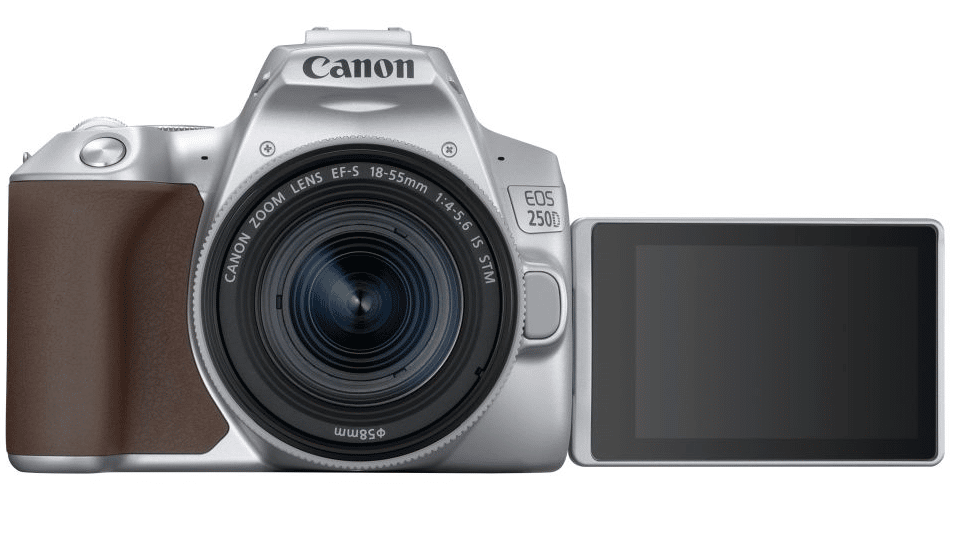
You should pick whichever brand feels most comfortable when it comes to design. However, Canon has some nifty ideas that make using its cameras easier.
Canon cameras, such as those in the EOS series, often allow saving multiple custom settings, but they do not always use a physical switch to access them. Nikon also offers a feature comparable to U1 and U2 custom settings on many models.
For example, with Nikon, you can only retain a maximum of two presets instead of three in Canon’s case. Canon is the undisputed champion of design and build.
2. Design
Most Nikon cameras are made in Thailand or China, with only the most pricey models in Japan.
Both Canon and Nikon assemble their entry-level and mid-tier models in Thailand and Taiwan while they reserve Japan for their higher-end models.
Canon and Nikon manufacture lenses in multiple countries, including Japan, China, and Thailand.
Depending on the lens model and price range, Canon and Nikon use a combination of materials, including plastic and metal.
3. Image Quality
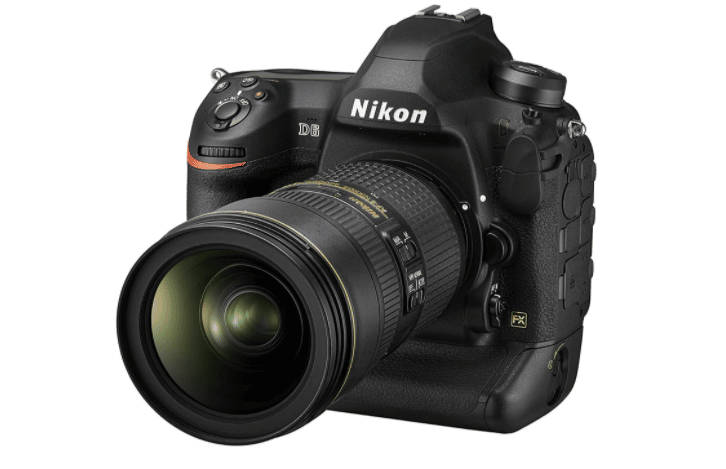
Since Canon and Nikon are close competitors, it’s unlikely that the stills taken by Canon and Nikon cameras differ significantly.
Regarding ISO performance, Nikon is a bit ahead of Canon.
The Nikon D6 has an extended ISO range of up to 3,280,000, but performance at such high levels is not practical for real-world use due to excessive noise. Canon’s flagship cameras, like the EOS-1D X Mark III, offer competitive low-light performance.
All in all, if you shoot in low-light conditions, Nikon cameras will produce better images. In any other situation, both Nikon and Canon are relatively equal.
What’s more, performance benchmarks rank higher in terms of dynamic range.
However, this is not a fair comparison because it shows no noticeable variation in real-world conditions. In the cinematography sector, Canon has historically been better than Nikon.
Canon has historically been ahead in video features, particularly with introducing the EOS 5D Mark II. However, Nikon has made significant advancements, particularly with mirrorless models like the Z6 and Z7, which feature robust video capabilities.
The gap between Canon and Nikon has been bridged regarding video performance. However, Canon is still ahead of the game; it offers better video AF (autofocus) and has a long history of making high-quality video lenses.
4. Lenses
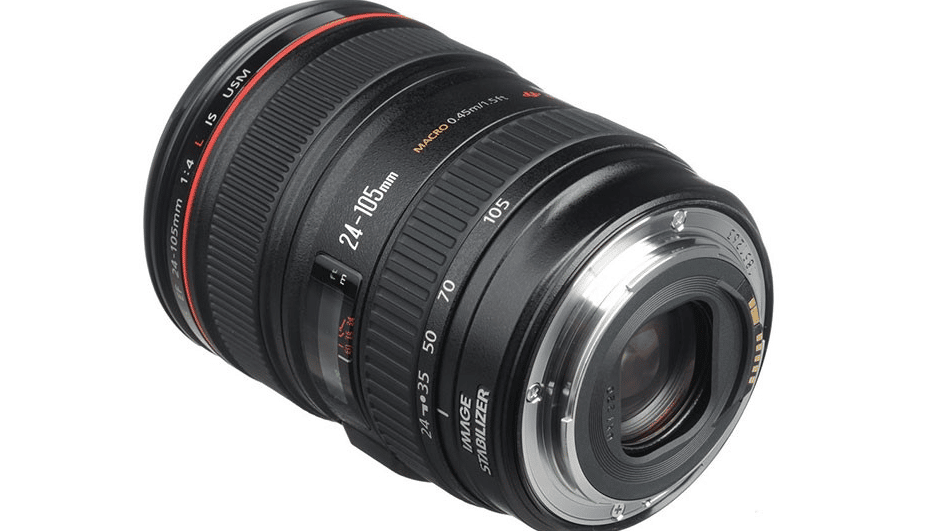
Regarding lenses, Canon has always been ahead of the game. Both Nikon and Canon have various lenses at all price points.
However, Canon’s venture into lenses was with premium ultra-pricey lenses, whereas Nikon had budget offerings.
Nikon and Canon have models for all standard focal lengths. However, both companies also build lenses that cater to very particular needs.
Therefore, it’s good to be aware of the various kinds of camera lenses and their usage, but what’s right for you?
Both Canon and Nikon have introduced significant innovations in the industry. Nikon pioneered features like the first DSLR with a movie mode (D90) and advanced autofocus tracking. Canon is known for innovations like dual-pixel autofocus and cinema lenses.
The 17mm f/4 L TS-E lens is the broadest entire-frame tilt-shift lens, while the 70-300mm f/4.5-5.6 IS II is the first DSLR lens with an LCD showing the depth of field and focal length.
5. Product Range
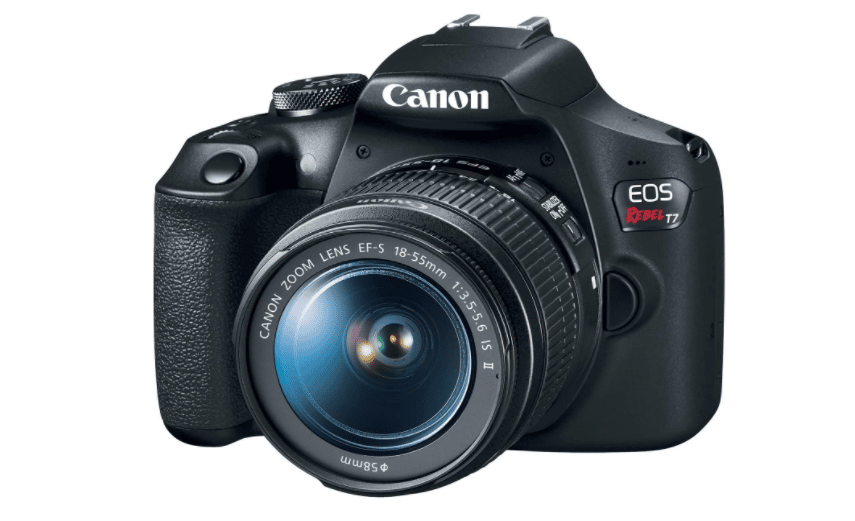
One could argue that Nikon and Canon have enough cameras for all budgets. However, Canon has one of the cheapest DSLRs, the EOS Rebel T7, which costs about $450.
Although it has few features, it’s a viable option for beginners who cannot afford to spend a lot of money on a camera.
See Also: Best DSLR Cameras for Beginners
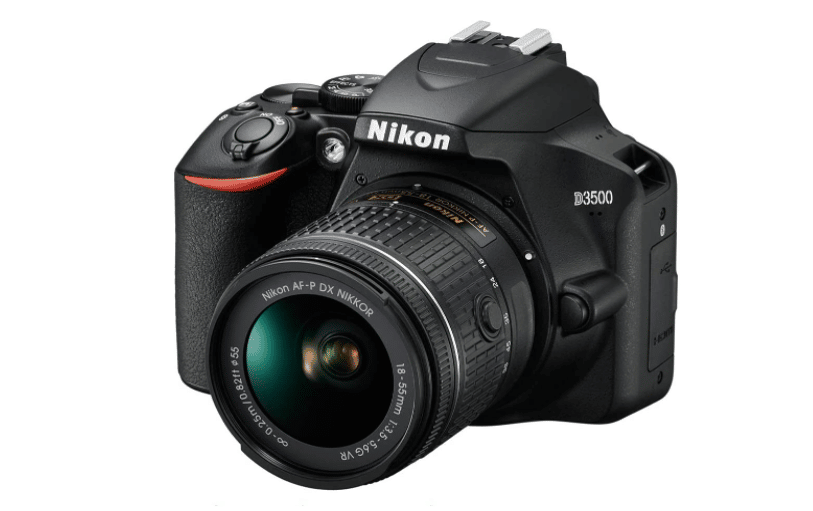
On the other hand, Nikon’s cheapest DSLR is the D3500, which costs slightly more than Canon’s option, at just under $600. This difference is justified because Nikon’s offering includes a bundled lens kit and has a better battery life than Canon’s.
Final Thought: Who Comes Out On Top?
Comparing Canon and Nikon is always tricky because both brands have been in the market for several decades.
Still, we have to choose a winner, and that winner is Canon. Build and design quality are subjective and vary by model. Both brands offer robust designs and exceptional video features in their high-end cameras, and the gap has narrowed significantly in recent years.
See Also